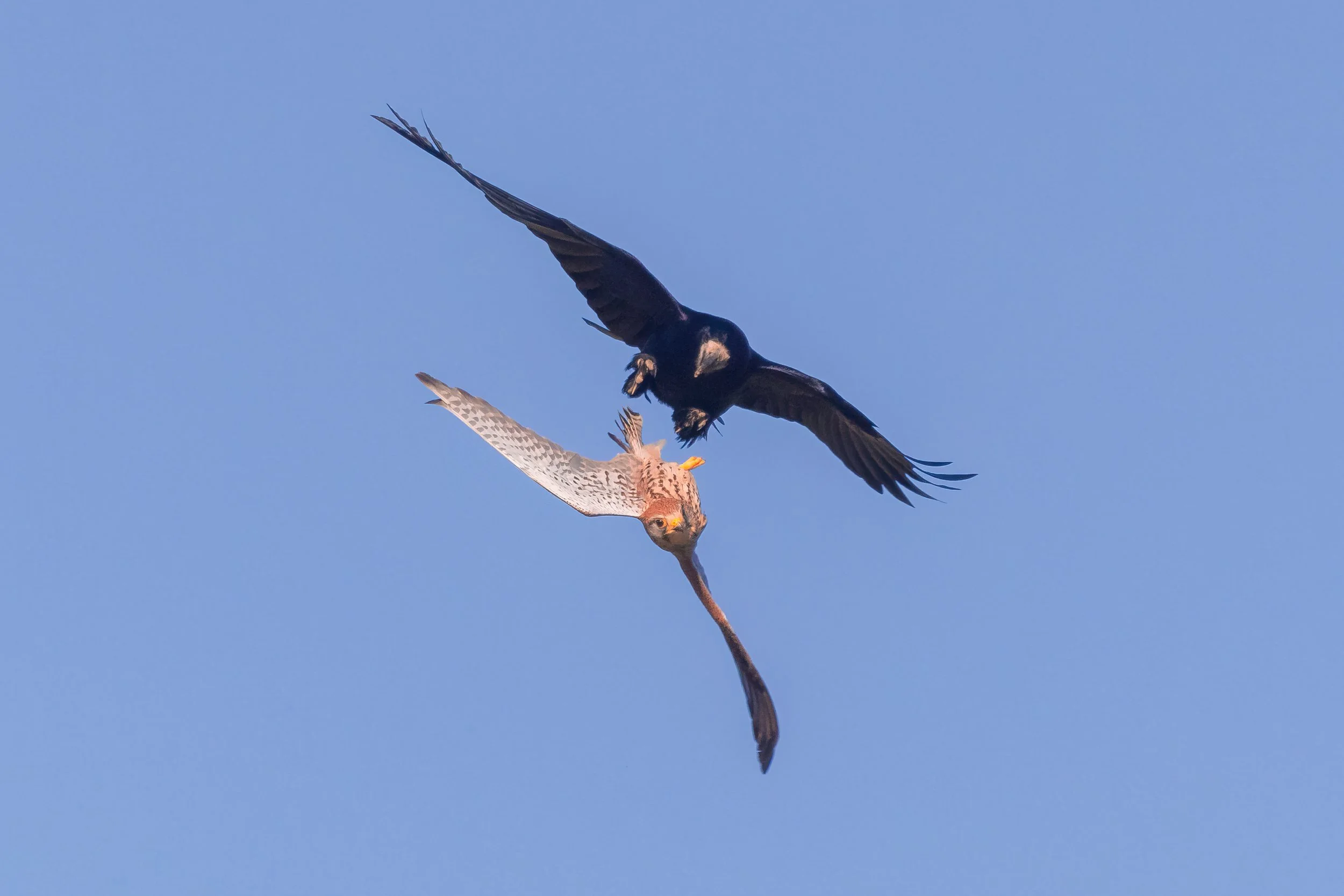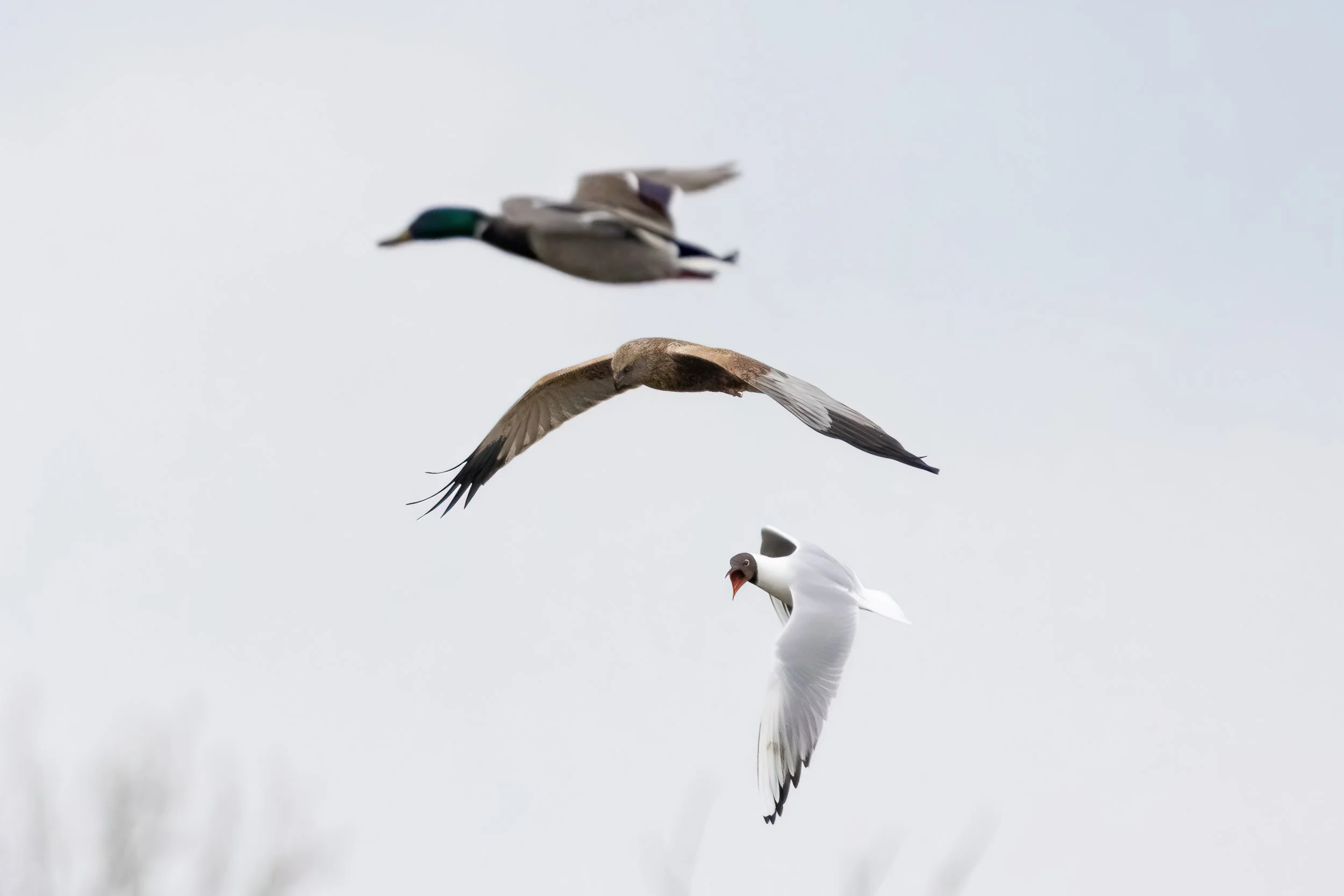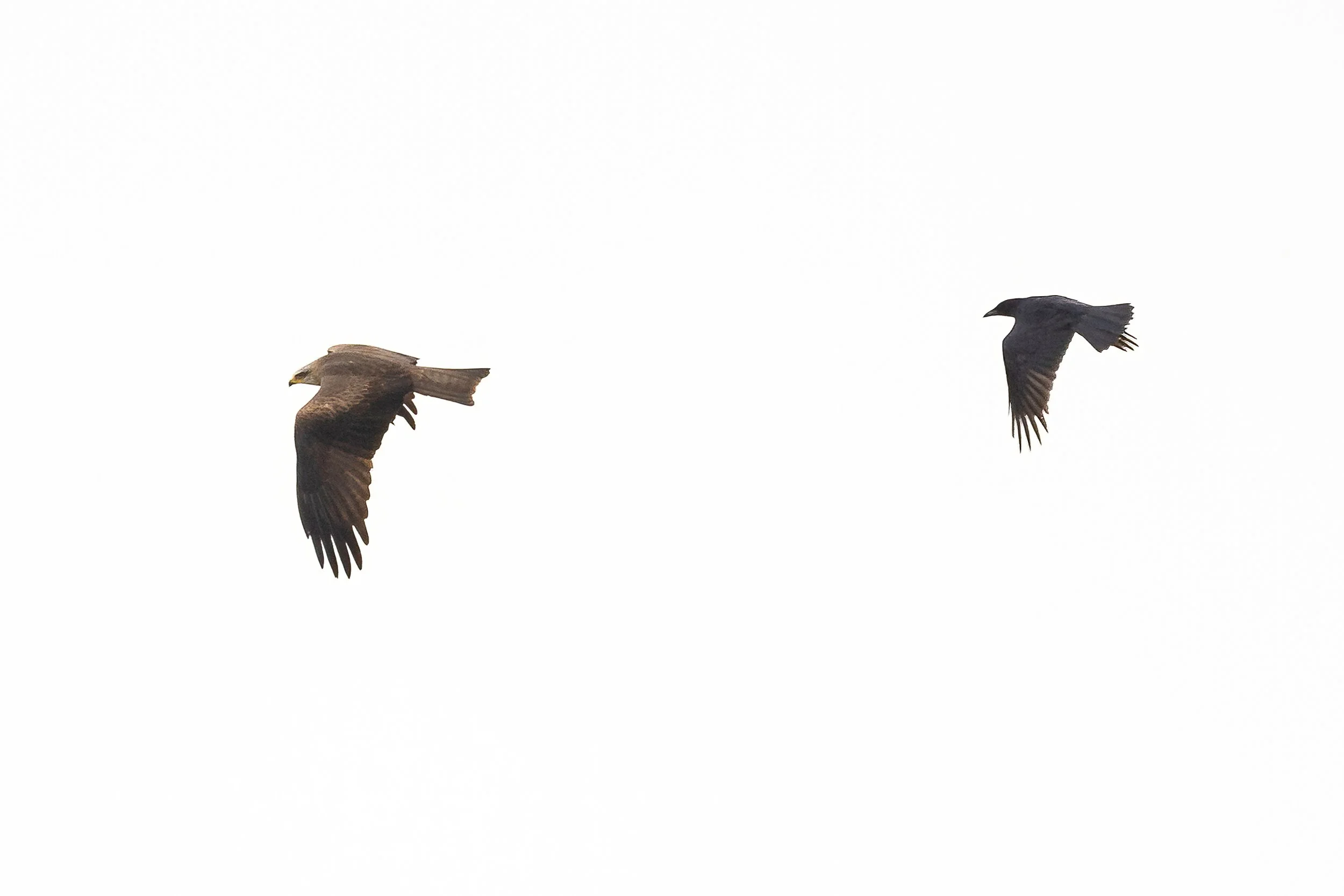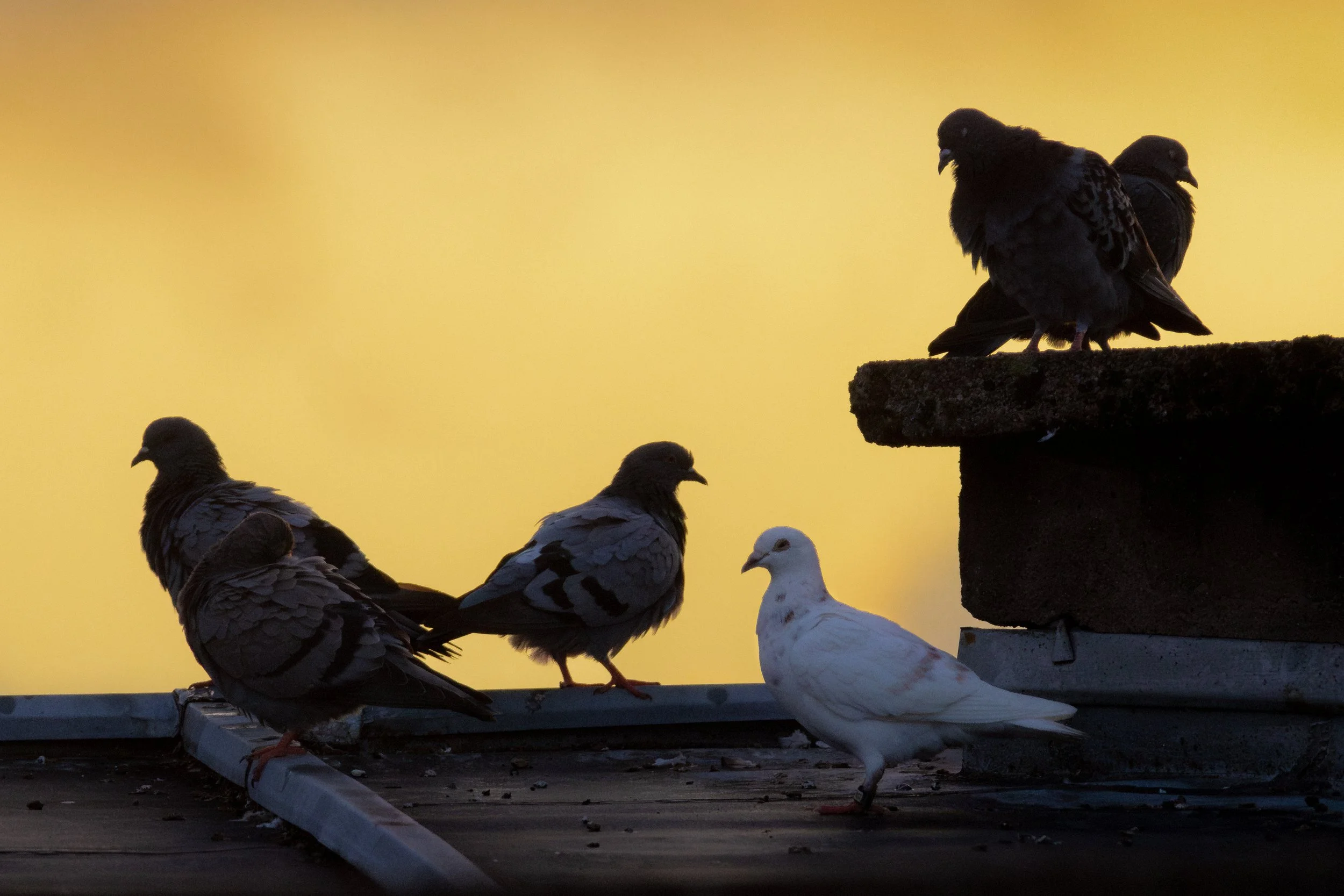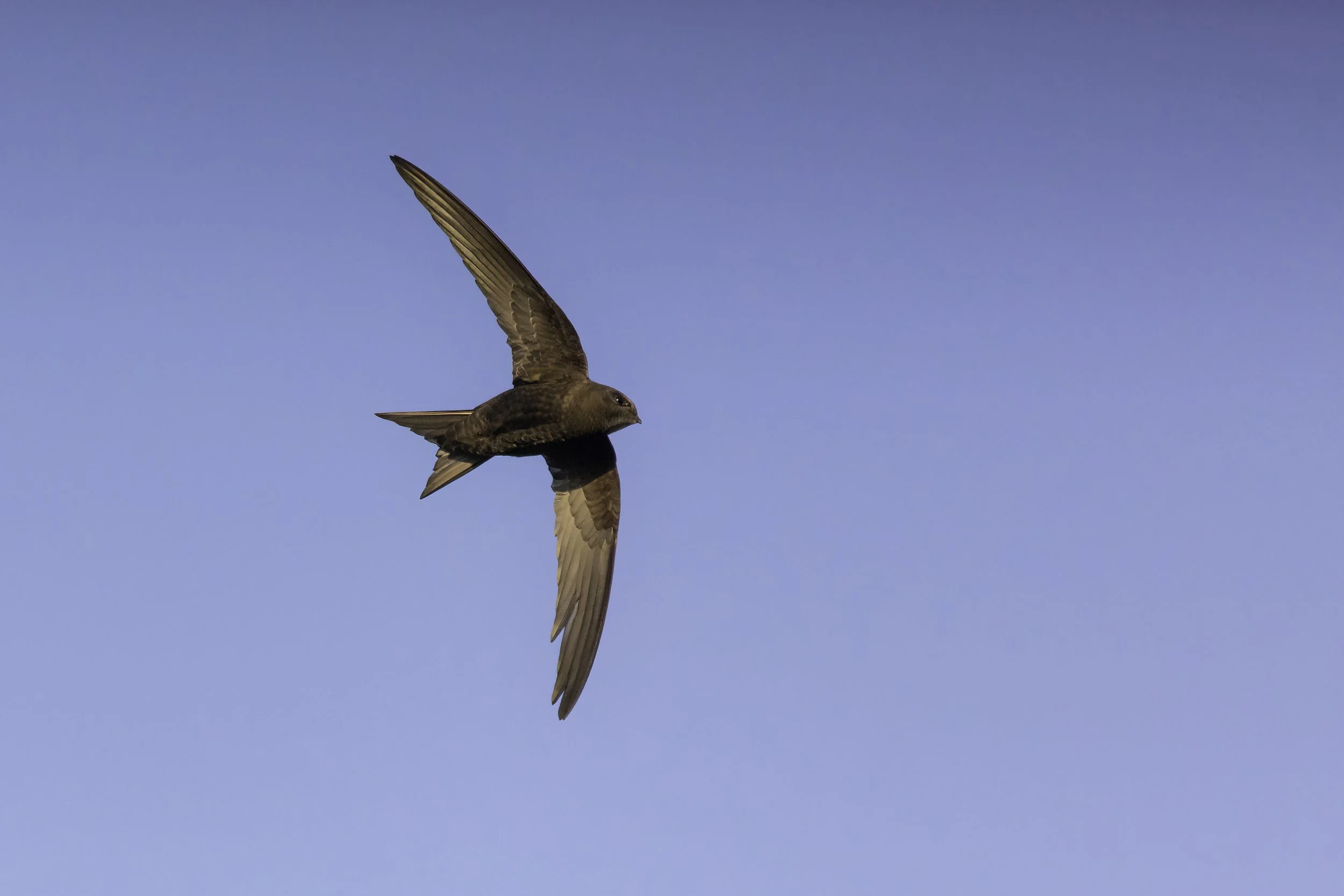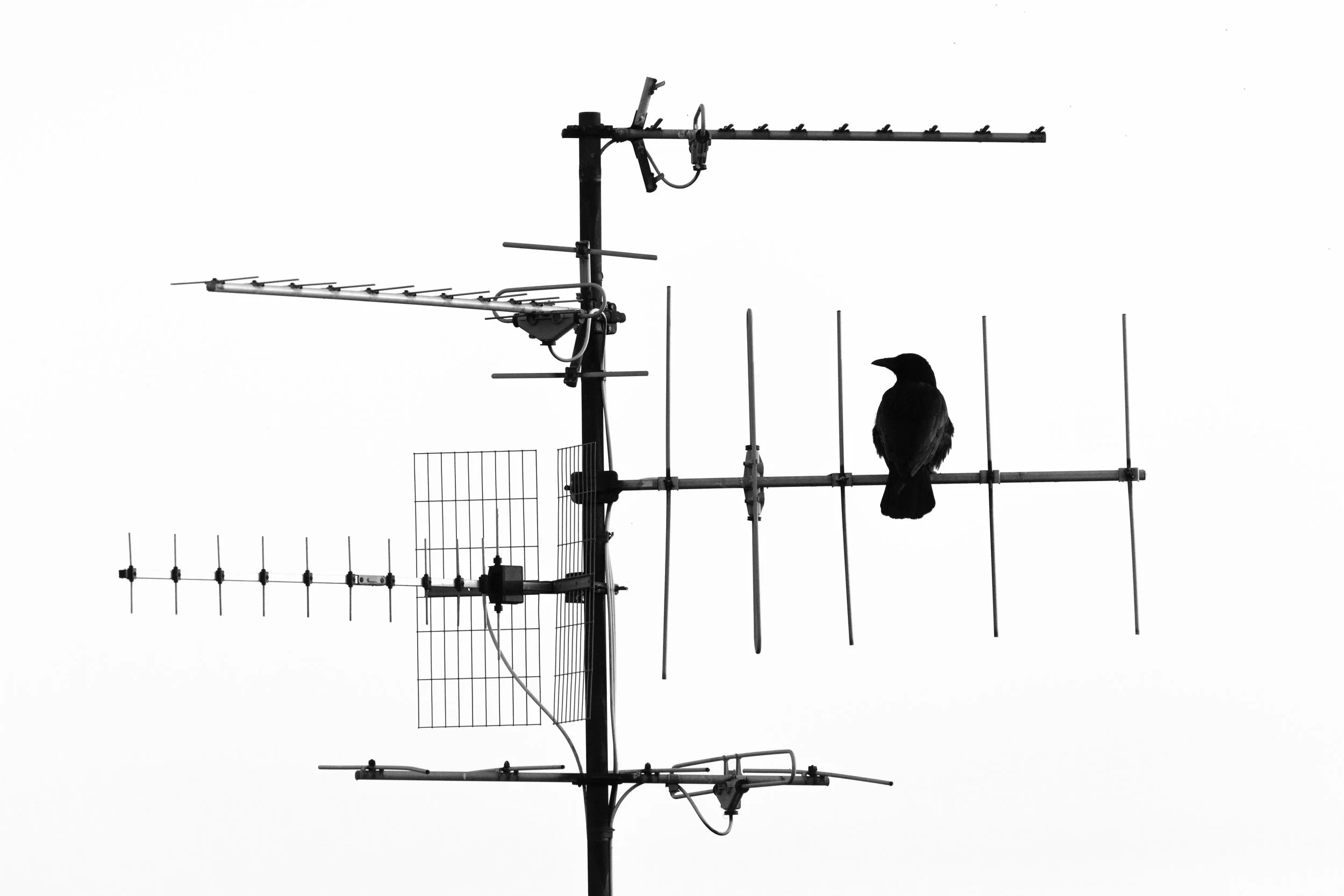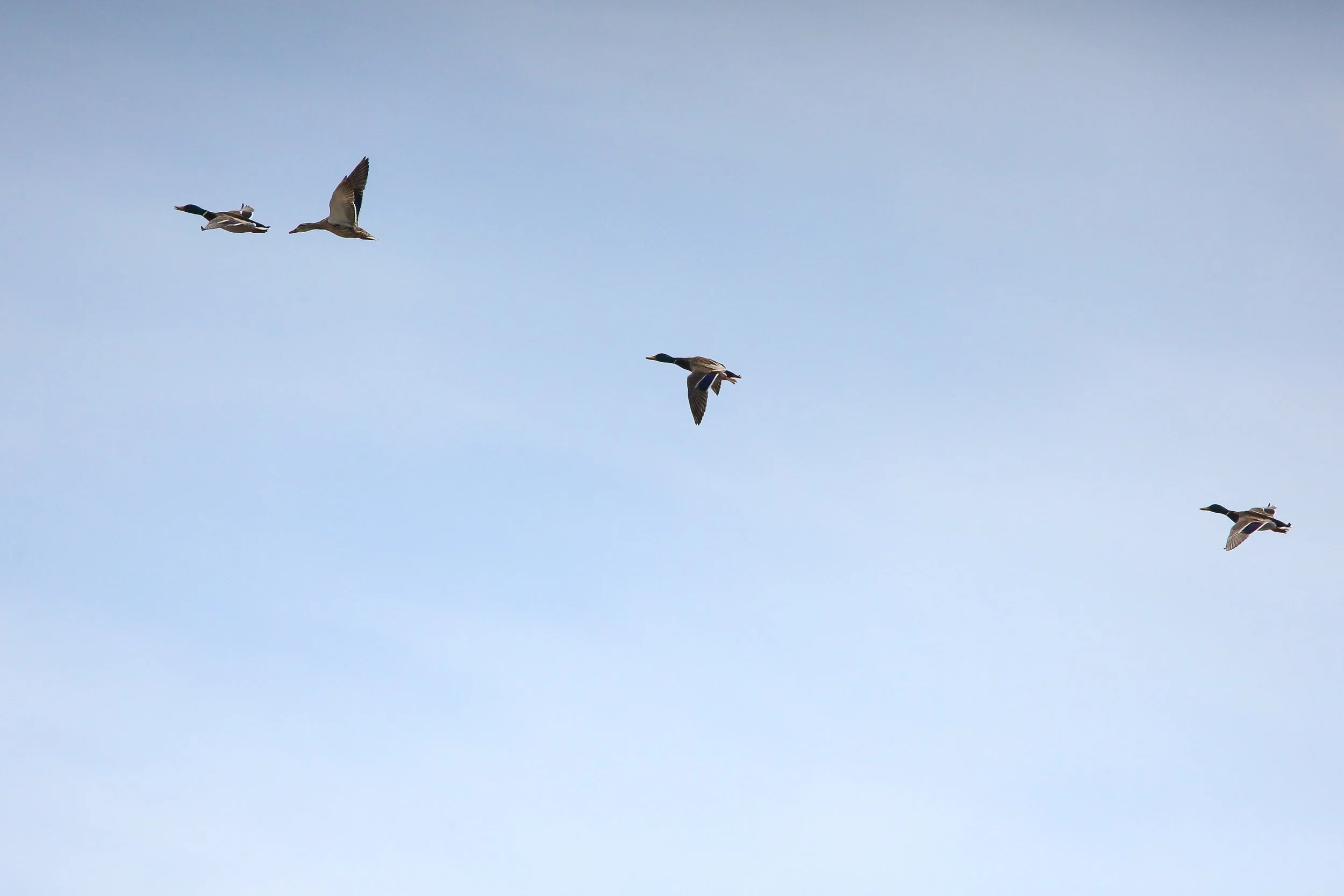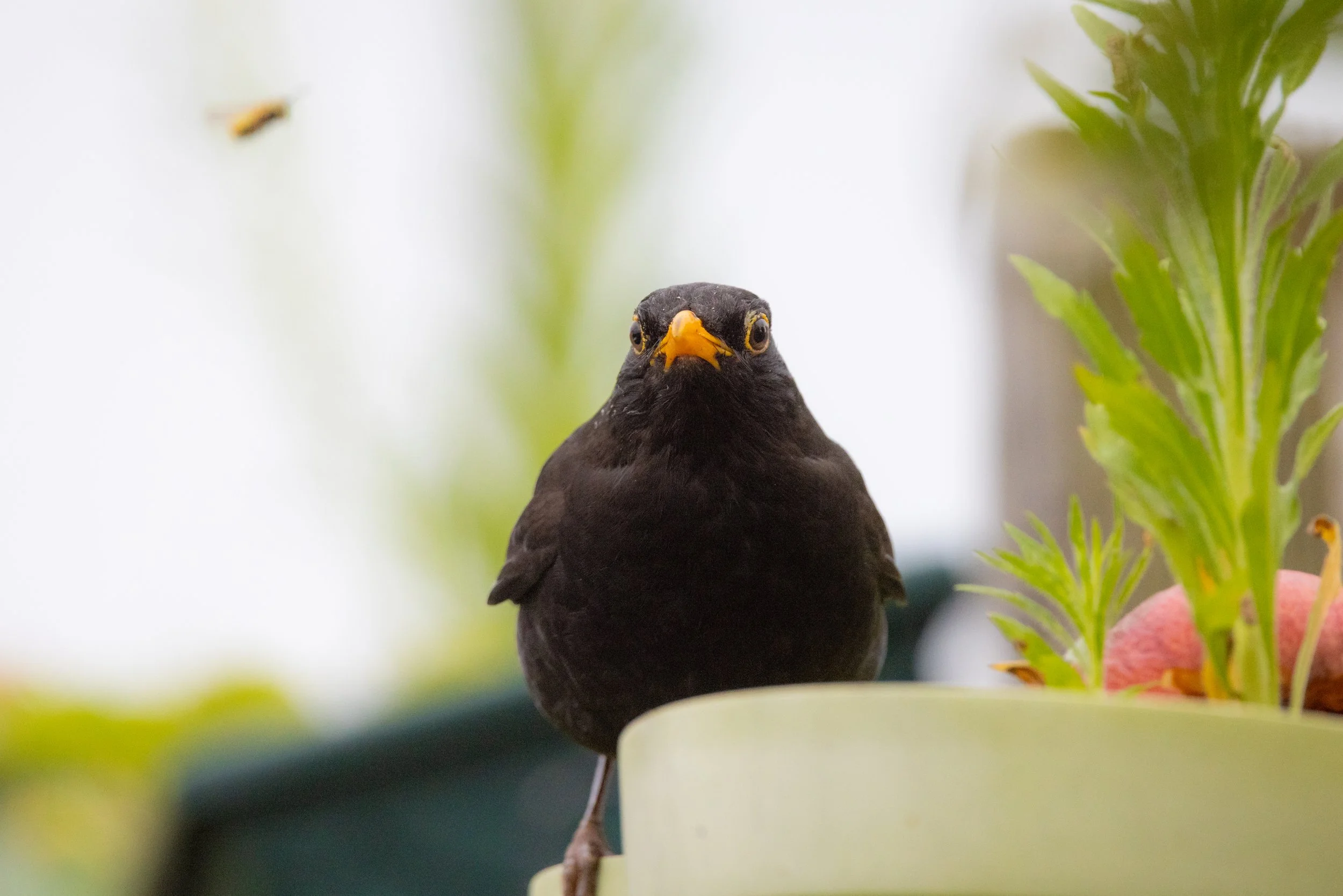Raptor scraps…
Yellow-legged gull vs Peregrine falcon (Strasbourg centre)
Rook vs Kestrel (Munchhausen)
Black-headed gull vs Marsh Harrier (Wagbachniederung)
Crow (?) vs Osprey (Delta de la Sauer)
Crow (?) vs Black kite (Strasbourg south)
Rook vs Red kite (Quatzenheim)
Crow vs Buzzard (Strasbourg centre)
Crow vs Sparrowhawk (Strasbourg centre)
Crows vs Goshawk (Etang du Karpfenloch)
Hobby vs Dragonfly (Ile du Rohrschollen)
Terrace life
It’s a miserable grey Saturday afternoon in November and, due to the international break, I don’t even have the distraction of watching the latest incarnation of a once-great Everton team lose at hoofball. The School of Science is a distant memory.
So, I thought I finally do something I’ve been wanting to get around to for a long time and post some inner-city birding thoughts and pictures.
I take the view that, unless you live near to an area with huge biodiversity and perfect light, like Western Australia and certainly not the polluted plains between two pine-filled mountain ranges, the place you’re most likely to see wildlife and be able to take interesting pictures is the one where you spend the most time. For me, that’s an Ikea Poäng chair with a due-south view of a 12m2 terrace amid the hustle and bustle of Strasbourg’s Grande Île.
November is probably the worst month of the year for birding around here so the birdlife right now is pretty much limited to crows and pigeons, albeit with the inclusion of an escaped homing pigeon that’s been around for a couple of months and seems happy with its new buddies.
Most of the pigeons are feral rock doves but there’s considerable variety in their appearance. This is Small Pithin, named in honour of an old friend:
We also have stock doves, which are rather cute with black - rather than orange - eyes and a dainty beak,…
…as well as wood pigeons, which tend to be larger and are identifiable by the white stripe across the back of their neck.
That’s Strasbourg Cathedral in the background. A few years ago the LPO - the French equivalent of the RSPB - installed a nesting box near the top for peregrine falcons, partly with a view to increasing the number of a species that had been in decline for a long time, and partly in the hope that they might reduce the pigeon population. The cathedral’s about 400m away but with binoculars or a spotting scope I can often see the falcons perched up high. They sometimes fly over our apartment too. This was earlier in 2024 when I was particularly lucky, already being on the terrace with camera in hand, trying to take pictures of swifts (more about them later).
Sparrowhawks also visit, though for obvious reasons not as often as they did when I used to put seeds out to attract the sparrows over from the main square.
That photo was taken on a truly horrible day last winter, through double glazing. I must admit that, as guilty as I felt about the poor sparrow’s fate, I was mainly happy to have a usable image after spending an inordinately long time in Lightroom. The above individual is a male; significantly smaller than the female and identifiable by the rusty orange on the neck and upper chest. I’ve had several visits from females too. I’ll refrain from posting a similarly gory image of the one that decapitated and ate a pigeon right in front of me a few weeks ago and show you this one from a windy day a couple of years back:
I’ve lost count of the kestrels I’ve been able to watch here. They’re quite beautiful when you see them up close.
There’s no shortage of buzzards either. Several years ago I found one inside the apartment, perched on my footrest and completely out of breath. It had flown in to escape an appropriately named murder of crows. In my efforts to hold back two small children who wanted to know what all the commotion was about, I didn’t manage to get a photo of that particular visitor, but the mobbing never stopped:
The other raptors that I see here are red kites, which occasionally pass overhead but are usually on migration and quite high up:
Back to swifts, which fly up from Africa each year, arriving in the third or fourth week of April and leaving in late July or early August. Whenever I’m in the mood for running a fool’s errand in the spring, I stand outside with my cheapish consumer lens and try to get the autofocus to lock on to small dark birds whizzing around at high speed. Fortunately, pure luck and the law of averages mean it would probably be harder to mess up every single picture than to occasionally come up with something vaguely acceptable:
Returning to the corvids as well… crows are perhaps not the most obvious choice of subject for an aesthetically pleasing image but they do present opportunities to try something a little different:
I think the next one’s a young raven but, as that would be very unusual for Strasbourg city centre and as my ID skills are hugely disproportionate to the amount of time I spend birdwatching, I may well be wrong. Either way, it’s a correctly exposed photo of the underside of a very dark bird so I’m not going to keep it hidden:
White storks are rather emblematic of Alsace and are present in large numbers around Strasbourg, largely due to the successful breeding programme at the Orangerie next to the Council of Europe. They’re at their most abundant in the springtime and most commonly seen over the city centre just after it’s rained:
Another bird that I only ever see here after it’s rained is the great tit. They don’t come around very often but when they do, there’s a good chance they’ll be in a small group. I’ve never managed to get a good photo of one on the terrace. This will have to do:
The blue tits are more cooperative though not massively so, and our windowboxes are unfortunately packed with broken chopsticks and bits of cane intended to deter the pigeons from biting off young shoots and pooping in the flowerbed.
Perhaps my most joyful moment watching birds on the terrace was the first time greenfinches came to visit. It was during lockdown when I was just getting into my new hobby, and I had no idea that something so exotic-looking might turn up. I know they’re not rare; I just didn’t expect to find them here. It turns out there are decent numbers of them in Strasbourg. I think they nest in some of the tall trees near the Tomi Ungerer museum. This isn’t my best or cleanest photo of them, but it’s the one that brings back the happiest memories.
A goldfinch popped around too, though only once I think.
I’ve seen a number of large waterbirds overhead, following the same South-West to North-East line. I won’t post their photos because when they do come past, usually in the spring, it’s nearly always at dusk when there’s not enough light to freeze their motion. Cormorants, greylag geese, canada geese, mute swans and grey herons are all examples of such. I was going to add mallards to that list but then thought, what the heck:
One of the beauties of lockdown was being able to hear blackbirds sing from 100 or even 200 metres away. It lifted the city. I saw them often this year, enjoying regular visits from both adults…
…and juveniles.
Another bird to have nested here this year was the black redstart. The adults have visited regularly over the years, and are easy to identify as silhouettes when they bob their tail up and down.
I’ve a feeling this fledgling may have been out of its nest for the very first time. It really didn’t know what to make of me. I’m not sure if it was completely unafraid or had just run out of energy, but it didn’t immediately scarper.
We also had white wagtails nesting here for the first time - they’d never even been to visit before so that was a real surprise. I could only hear the nest around the corner, not see it.
What else? Robins and chiffchaffs have been to visit a couple of times but I don’t have nice photos of either. After an absence of well over 10 years, a lone magpie turned up in the same week as one of the chiffchaffs. I later found out that magpies are one of the chiffchaff’s main predators so perhaps it wasn’t a coincidence. The vast majority of gulls in Strasbourg are either black-headed or yellow-legged. We get both here. As I started this blog post with a photo looking westward to the Vosges over the roof of Monoprix, I’ll leave you with another:
Locations
Wherever you are, it’s unlikely you’ll have to travel far to find some interesting bugs. And because the background in macrophotography is so small - often just a few centimetres or inches - you don’t have to go anywhere scenic. Most of the insect pictures on this website were taken in and around Strasbourg: Petite France, Orangerie, Parc de Pourtales. That said, several were taken at Podere Conti, an agriturisimo in Italy, so it certainly doesn’t hurt to be in a garden full of beautiful flowers attracting butterflies and other small fauna.
It’s also possible to see a surprising number of bird species from a city-centre terrace, and not just the usual suspects like sparrows, great tits and blackbirds. I’ve seen a variety of raptors here, from the passing kestrels and red kites, to the sparrowhawks sitting patiently under the bird feeder, and to the buzzards and peregrine falcons getting into scraps with crows and yellow-legged gulls. Stork flyovers are common, and pigeons become less mundane when a closer look reveals the presence of rock doves, stock doves and wood pigeons, sometimes all together. Black redstarts are rare in the UK but regular tail-waggers here.
Wacken has a lot of birdlife condensed into a small area, and allows for easy shots of gulls, herons and occasionally even terns catching fish. Spotted flycatchers are keen visitors too.
Outside Strasbourg but still in Alsace, Rohrmatten just outside Selestat is a great place to photograph harriers and the like. There’s an observatory, which can get quite busy and sometimes be flooded, but it’s worth making an effort, especially to see the kingfishers that perch just in front. There’s also a good chance of seeing lapwings there, and they make the cutest noise ever.
Delta de la Sauer can be brilliant and offers very easy sightings of red-backed shrike, amongst others. You’ll hear lots of nightingales and golden orioles but good luck getting a photo through the foliage!
I often walk around the vineyards between Rosheim and Rosenwiller. In spring they’re full of the slightly less common passerines including the “little yellow jobs” (cirl bunting, yellowhammer and serin), stonechat and linnet, as well as skylarks and woodlarks, and numerous green woodpeckers. Buzzards and kestrels are guaranteed, hobbies possible, and it’s the one place I’ve seen a little owl and wryneck.
The artificial lake at Plobsheim is famous for its birds and is great if you’re into the science of ornithology, but I’m not the biggest fan of looking at small dots through a spotting scope. It’s generally a disappointing location for photography, although a couple of highly cooperative pygmy cormorants turned up a couple of years ago, so there’s always a chance of a pleasant surprise.
Then there’s Ile du Rohrschollen. The slopes of the shipping canal side of the Rhine don’t offer the prettiest background, but they do welcome some fabulous migrants including dunlin, little stint, sanderling and black-necked grebe, to go with the regular sandpipers, white wagtails and water pipits. It’s also the only place I’ve seen jack snipe. A wonderful chap named Clément posts his Rohrschollen observations on faune-alsace.org, alerting local enthusiasts to anything of particular interest.
In the west of France, I would heartily recommend visits to Le Croisic (gulls and pelagics), Château de Suscinio (spoonbills, stilts, terns) and Parc naturel régional de Brière, while in Scotland, the Hebrides (golden eagle, puffins, guillemots, gannets and kittiwakes) were incredible.
Perhaps the biggest frustration is that I grew up by one of the world’s finest locations for wading birds in their thousands: the Dee Estuary. Apart from a brief spell when I was about 8 or 9, I didn’t take much of an interest in birdwatching when I was young. If I had, I might have spent a lot of time on Hilbre Island and at Burton Mere.
Liftoff!
Hello! I’m impressed and grateful that you’ve made it this far.
I’m not sure what I’m trying to achieve with this website. I guess photography is my attempt at being creative in the absence of any artistic talent, and showing my pictures helps justify the time and effort I’ve put in.
A stopped clock tells the right time twice a day, and I think that principle has allowed me to produce some nice images. At the very least, I’ve had plenty of fresh air and exercise along the way.


